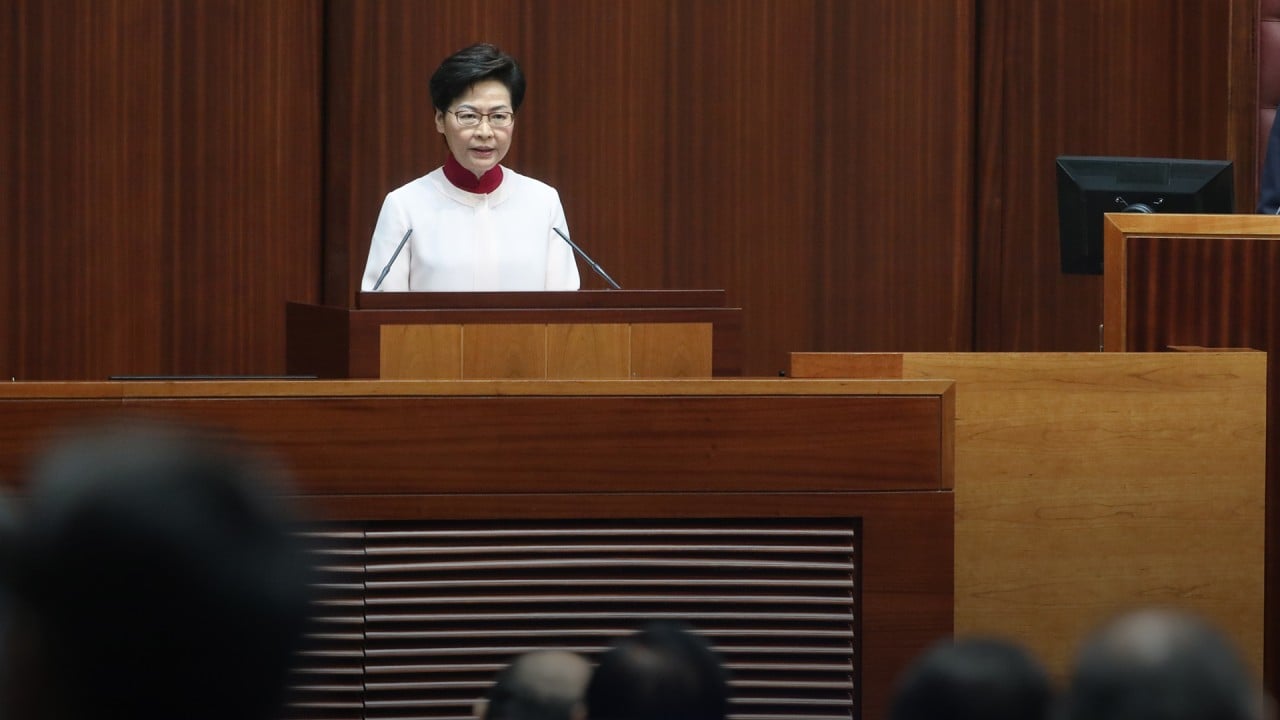Why transport issues are bigger headache for Hong Kong leader Carrie Lam than city’s housing crunch
- Transport policies stand out among 33 initiatives that did not materialise during Lam’s term
- Lawmakers, expert hope transport gets back on track, call for end to MTR Corp’s rail monopoly

But it has emerged that transport has likely been an equally if not more problematic issue out of all the initiatives Lam raised in annual policy addresses during her four years in office.
Railway project delays, deadlocks in easing cross-harbour traffic congestion and a stalled electronic road pricing pilot project were among transport-related plans that did not materialise, a check by the Post revealed.
Among the 33 initiatives in which Lam admitted failure, as they did not happen or have been delayed, were nine key transport policies. The rest included policies related to land, welfare and youth.

03:43
Hong Kong leader Carrie Lam gives last policy address of current term, ending on emotional note
The Post studied a list of these initiatives prepared by the Policy Innovation and Coordination Office (PICO), which has helped Lam prepare her annual blueprint since she took office in 2017.